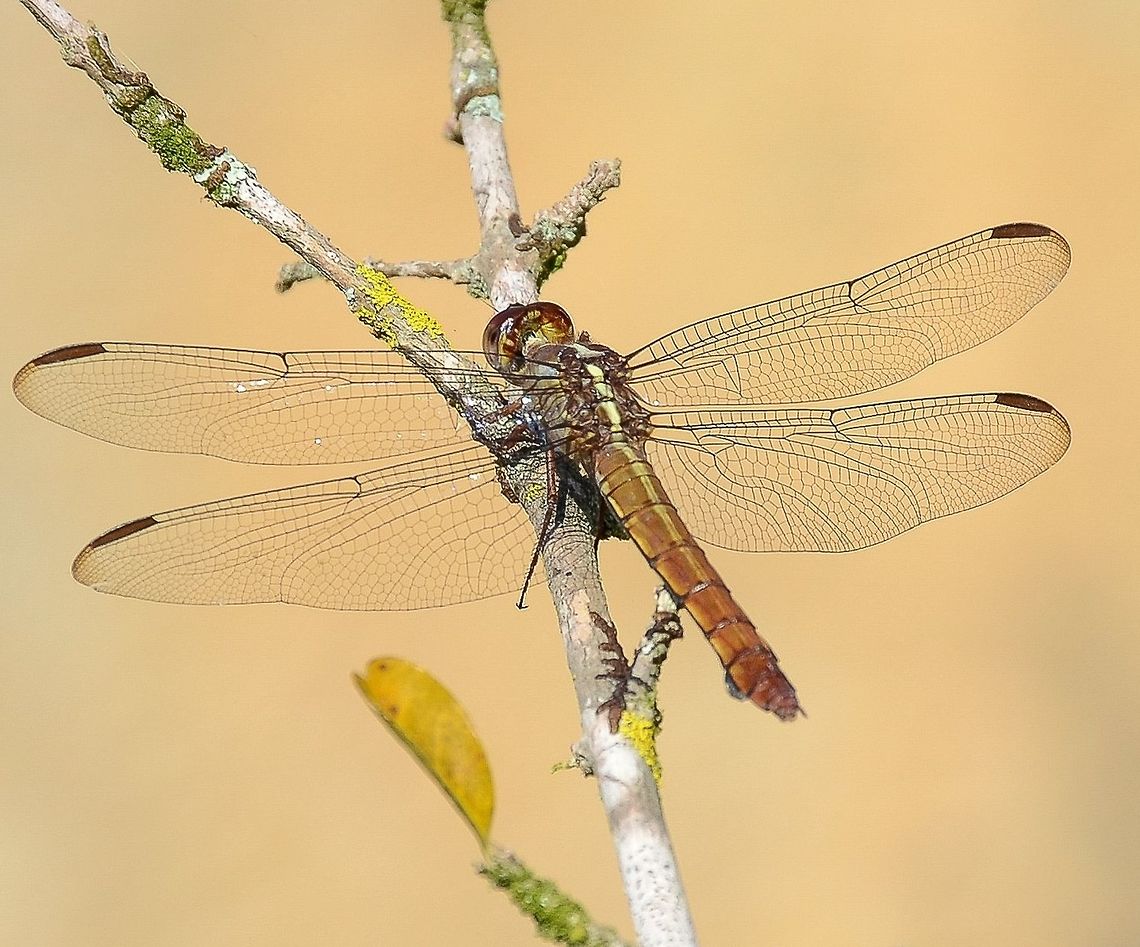 Promoted
Promoted
Orthemis sp. - Tropical King Skimmer (Hugen, 1861)
Odonata: Epipocrita (= Epiproctophora): Anisoptera: Libelluloidea: Libellulidae: Libellulinae
Wingspan: ~105mm
Date: 11th of July, 2017 at 02:45:04pm.
Location: Brazil, Santa Catarina, Benedito Novo (Lat: -26.76916084943, Long: -49.362429161663044)
Sex: ♂
Orthemis is a neotropical genus of dragonflies in the order Odonata, subordem Epipocrita (= Epiproctophora), infraorder Anisoptera, superfamily Libelluloidea, family Libellulidae and subfamily Libellulinae. The males and females of Orthemis possess varying tones in coloration as can be seen in a link below. In all, this is a male.
You can see more pictures of Orthemis here:
http://www.allodonata.com/
There is a wing membrane surrounding the hyaline nodus with a black costal vein. 10 abdominal segments seem to be present. Through observation alone and measuring with a ruler without a specimen in hands, I believe the wingspan lies somewhere around 105mm or close. Males in this genus tend to have more impacting colors than females.
Supposedly, they are of Neotropical distribution.
Adults of Orthemis are aerial hunters and will predate insects in general. Their eyesight is pretty much on pair with all Odonata I've seen. They are often seen perching on a twig and can be found in humid habitats, most often forests, suburban and rural habitats.
Other sources:
https://books.google.com.br/books?id=J584AAAAIAAJ&pg=PA269&lpg=PA269&dq=libellulini+tribe&source=bl&ots=Mw0lnAgM3w&sig=puqkmF4EvK_nIuW6k83YtYxPUs0&hl=pt-BR&sa=X&ved=2ahUKEwjIj6i5irncAhUFkpAKHbftDm0Q6AEwAHoECAEQAQ#v=onepage&q=Orthemis&f=false
https://www.pugetsound.edu/academics/academic-resources/slater-museum/biodiversity-resources/dragonflies/world-odonata-list2/
http://eol.org/pages/131207/overview
https://en.wikipedia.org/wiki/Orthemis
Paulson, Dennis R. (2009). Dragonflies and Damselflies of the West (https://press.princeton.edu/titles/8871.html)
No species identified
The species on this photo is not identified yet. When signed in, you can identify species on photos that you uploaded. If you have earned the social image editing capability, you can also identify species on photos uploaded by others.

comments (1)